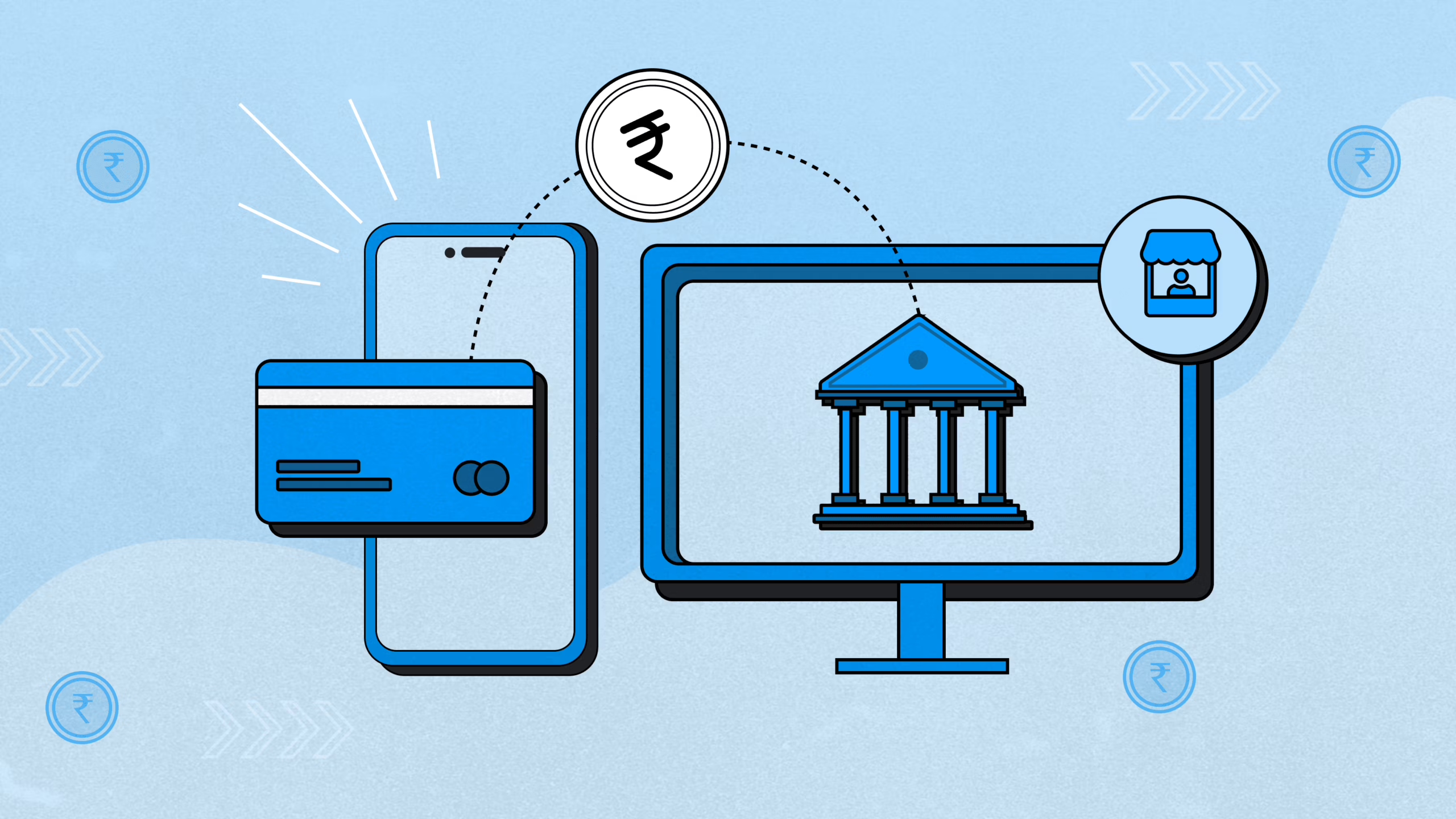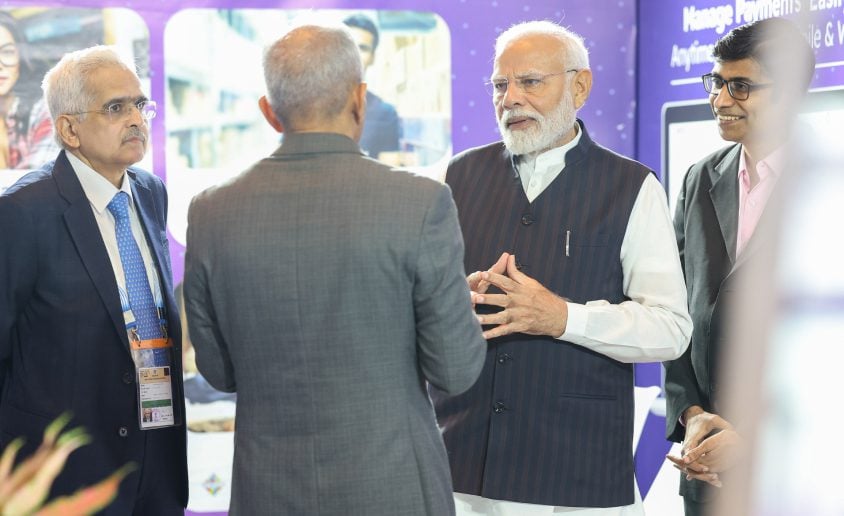When we talk about international banking, the terms Nostro and Vostro accounts might not be familiar to everyday customers. However, they play a key part in making cross-border money transfers work smoothly. These two terms – which come from Latin – actually refer to the same bank account, but seen from the viewpoint of two different banks. Using these specific terms helps banks avoid confusion in their records and clearly define their roles when settling international payments and exchanging currencies.
Let’s look at how these accounts function, how they are different depending on who is looking, and why they are crucial in global finance.
The Origin of the Terms Nostro and Vostro
The words Nostro and Vostro originated in Italian and have roots further back in Latin. Nostro means “ours,” and Vostro means “yours.” These terms began to be used widely in Italy during the 13th and 14th centuries, a time when banks and merchants were adopting double-entry bookkeeping. This method required each party in a transaction to have clear records showing whose money was held by whom. This need for clear tracking is still very important today for banks managing large sums of money across international borders.
What is a Nostro Account?
A Nostro account is an account that a bank in one country holds at a bank in a foreign country. This account is set up in the foreign bank’s currency. From the perspective of the domestic bank, it is called “our account in your bank.”
For instance, imagine Bank A in India needs to handle transactions in U.S. dollars often. Since it doesn’t operate directly in the United States, Bank A opens a Nostro account with Bank B in the U.S. Bank A puts funds (in USD) into this account. These funds are used to handle things like trade payments, remittances (sending money home), or exchanging currencies. From Bank A’s view, this is its money kept in another bank overseas, ready to be used.
This type of account is essential when dealing with foreign exchange. For example, if an Indian business needs to pay an American supplier in dollars, Bank A can use the money already in its Nostro account. This avoids going through a complex, time-consuming process for each payment.
What is a Vostro Account?
From the other side, the foreign bank (Bank B in our example) refers to the same account as a Vostro account—“your account in our bank.”
Bank B is essentially holding the funds on behalf of Bank A. The money belongs to Bank A but resides within Bank B’s system. From Bank B’s accounting standpoint, this money is a liability, because it is owed to the account holder (Bank A).
Vostro accounts are also typically denominated in the local currency of the bank that holds them. So, if Bank B is based in the U.S., the Vostro account would likely be in U.S. dollars.
Real-World Example: GTBank and Citibank
Let’s use a practical example to connect these ideas.
GTBank, based in Nigeria, does not have branches in the United States but needs to receive U.S. dollars for its customers, perhaps from remittances. GTBank sets up an account with Citibank in the U.S. and opens a USD account there.
From GTBank’s viewpoint, this is a Nostro account: “our account with your bank (Citibank).”
From Citibank’s viewpoint, this is a Vostro account: “your account (GTBank’s) in our bank.”
When someone in the U.S. sends money to a GTBank customer in Nigeria, the money first goes into GTBank’s Nostro account at Citibank. Citibank then uses SWIFT (Society for Worldwide Interbank Financial Telecommunication), a global system banks use to send transaction information securely. Once the money arrives, GTBank converts the dollars to Nigerian naira and puts the funds into the customer’s local account.
Nostro/Vostro in Action: Sending an International Transfer to India
If you are planning to send an international transfer to a bank account in India, the instructions you receive will often mention a foreign correspondent bank and its Nostro account details. While some Indian banks can accept direct international wire transfers, many will suggest sending the payment through their Nostro account held with a correspondent bank in your country or a major financial hub.
Here is information you generally need to know and provide:
- Check Remittance Instructions: Before starting the transfer, always get the latest instructions for receiving money from the recipient’s bank in India. These details can vary based on the country you are sending from and the currency.
- Identify Correspondent Bank Details: The instructions will include the SWIFT Code (an international bank code) and the Nostro account number belonging to the Indian bank at their foreign correspondent bank. This is the account where your funds will be sent first.
- Gather Recipient Information: Accurate details for the final recipient in India are needed:
- Full Name: It must be exactly as it appears on their bank account.
- Bank Account Number: The recipient’s local account number in India.
- Receiver’s Address and Contact Number: Needed for checks and contact.
- SWIFT Code of the Beneficiary Bank in India: This helps guide the funds correctly once they reach India.
- State the Purpose of Remittance: For transfers to India, it is very important to include the RBI Purpose Code. The Reserve Bank of India requires these codes to identify the reason for the money being sent (e.g., family support, education costs, medical treatment). Not including the correct code can cause delays.
- Follow Any Other Steps: Pay close attention to any additional instructions from the receiving bank to avoid problems.
How These Accounts Are Recorded
How banks show Nostro and Vostro accounts in their accounting records depends on their perspective:
- Nostro Accounts: For the bank that owns the account abroad, these are shown as cash assets on their balance sheet. They represent money available for use in international dealings.
- Vostro Accounts: For the bank holding funds for another institution, these are shown as liabilities. They are funds the bank holds on behalf of another entity that can be requested at any time.
Modern accounting systems and digital records make it easy to check and balance Nostro and Vostro accounts. Banks use standard accounting entries to show money added or removed, and both sets of records must match for transactions to be completed correctly.
Why Nostro and Vostro Accounts Are Important
These accounts are not just old banking concepts; they are essential for the global financial system because they support:
- International Trade: Businesses that import or export goods need to pay and receive money in foreign currencies. Nostro accounts make it simpler for banks to help with these trade payments.
- Foreign Exchange (Forex) Markets: Nostro accounts give banks access to foreign currencies, allowing them to carry out foreign exchange trades for their clients.
- Cross-border Remittances: Banks use these accounts to gather and send money from individuals living abroad back to their home countries.
Without Nostro and Vostro accounts, moving money across borders would be slower, less clear, and cost more.
Who Typically Uses These Accounts?
Mainly large commercial banks, central banks, and big companies that operate globally use Nostro and Vostro accounts. They need easy access to foreign currencies and international payment systems to support their trade, investment, and remittance activities.
Regular retail customers usually do not deal with Nostro or Vostro accounts directly. However, they benefit indirectly whenever they send money abroad or buy goods from international sellers.
Final Thoughts
Even though they are based on banking practices from centuries ago, Nostro and Vostro accounts are still highly relevant in modern finance. They form the foundation of how banks work with each other internationally and ensure that global transactions – from large business deals to sending money to family – happen efficiently and securely.
Understanding these terms is helpful not just for experts; for anyone involved in international finance, trade, or foreign exchange, knowing how banks use these accounts can give useful insight into the systems that keep the global economy running.
Simplify International Payments with BRISKPE
International transactions shouldn’t be slow, expensive, or complicated. BRISKPE offers a smarter way to send and receive payments across borders—built on the same financial infrastructure that powers global banking.
With BRISKPE, you get access to reliable, cost-effective cross-border payment solutions without the need for traditional Nostro account setups. Whether you’re a business expanding globally or an individual managing overseas transfers, BRISKPE gives you the control, speed, and transparency you need.
- Competitive exchange rates with no hidden fees
- Faster settlements through local banking networks
- Full visibility into your transfers
- Compliant and secure payment processing
Choose BriskPe as your trusted partner for international payments. Get started at briskpe.com








